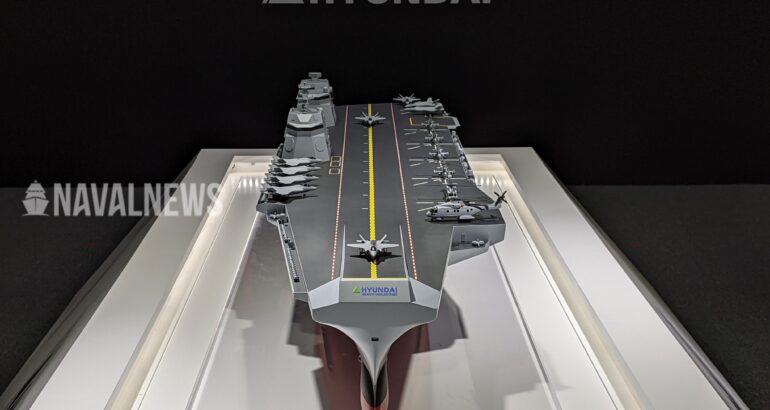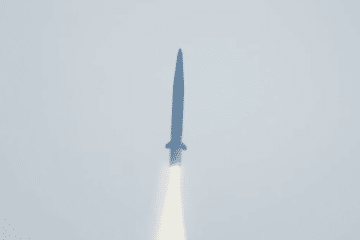“There are diverse opinions on the CVX program. I think we need to carefully evaluate our priorities by taking into account several factors including strategic and tactical operational doctrines, military requirements, national interest, and cost efficiency,”
Lee Jong-seop, Incoming Minister of National Defense
According to several domestic observers, this statement effectively amounts to a break of policy with the current administration, which has expressed support for the program.
The CVX program has been a subject of great controversy over the past few months. Funding for the program was axed last November, only to be revived unilaterally by the ruling party the month after. The incoming President is a member of the People Power Party, the program’s harshest critic in the National Assembly. Therefore, the CVX program will likely face more hurdles in the coming years.
Lee also criticized North Korea’s latest missile test, saying that it contradicts the “spirit of the 9.19 Pyongyang Declaration.” In addition to this, he expressed support for expanding joint U.S.-South Korea military exercises, saying, “A military that doesn’t train might as well not exist. We shall review expanding the exercises to 2019 levels.”
About CVX aircraft carrier program

The CVX program is the Republic of Korea Navy (ROKN)’s first aircraft carrier program. Initially CVX was conceived as being the last ship of the Landing Platform eXperimental (LPX) program which produced the largest ships operated by the ROKN currently, the Dokdo-class amphibious assault ships. Preliminary plans, dubbed LPX-II, envisioned an amphibious assault ship-like vessel that would also be capable of operating fighter aircraft.
However, in August 2020, the ROKN officially announced plans to acquire a fully-fledged aircraft carrier with the term CVX being introduced in February 2021. The ROKN hopes CVX will be ready for operations by 2033.
The CVX is expected to cost ₩2.3 trillion ($2 billion) to construct and around ₩50 billion ($45 million) per year to maintain. It will be 265 meters in length, and 43 meters in width and have a light and maximum displacement of around 30,000 tons and 40,000 tons respectively. The ship will be capable of operating 16 F-35B fighters as well as eight helicopters. It will also feature a high degree of automation and have a complement of 440 crew, excluding the air element. The carrier will have two islands, similar to the Royal Navy’s Queen Elizabeth class. Two shipbuilders are competing: Hyundai Heavy Industries and DSME.
CVX will be equipped with the AESA radar being designed by Hanwha for the “integrated mast” on the KDDX destroyer. The S-band radar will have a range of 300 km for long-range detection of aircraft, while the X band radar will be used for short-range detection. The carrier will also feature LIG Nex1’s torpedo acoustic countermeasure, Haegung (K-SAAM) surface-to-air missile system, and close-in weapon systems (CIWS) for point defense.






